Public charging networks are growing all over the world but are they competitive? Of course, all marketing managers will surely promote the performance of charging stations with great power outputs, coverage with numbers of charging points, great services with smartphone applications and 24/7 hotline. Despite all these parameters, Pricing is often underestimated as if EV drivers should be thankful to have access to public charging stations. This is often the case when new markets are opening but will quickly change when competition arises. Thankfully, this is already happening in multiple eMobility markets. The upcoming interconnection of charging station networks thanks to eRoaming solutions do offer access to thousands of public charging points all over the world. When you get access to almost the same product, pricing becomes highly strategical! So, what should be the right price?
Let’s first try to understand the elements to determine a charging price:
- Costs: Energy, service and infrastructure
- Offer and Demand: Driver readiness to pay for charging
- Strategy: Competition, tactics and goals
Costs: What are the cost elements of a public charging network?
The cost of public charging is depending on all elements needed for a driver to stop and charge a car. For gasoline station, we would calculate the brute price of oil, refinery costs and finally different taxes and a margin to cover all running costs (location, salaries, infrastructure and payment system…).
In the electricity world, we don’t have to refine the product, we just have to deliver it with the right power and that depends on the infrastructure and the way we can access it. The biggest difference with gasoline is that public EV charging networks are organised around a “Service provider” structure which makes them closer to Mobile operators than a decentralised gas station model. A public charging network is composed of multiple systems and processes as schematized below:
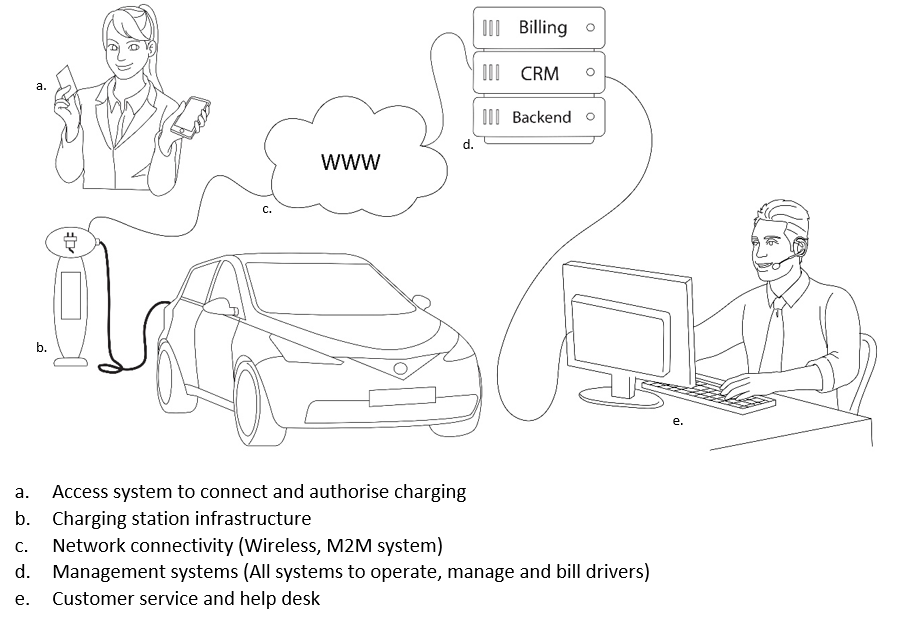 Next, to this representation, you have to take into account the resell price of electricity and all commercialisation costs (Marketing, Sales and service) to and manage drivers and charging station site owners.
Next, to this representation, you have to take into account the resell price of electricity and all commercialisation costs (Marketing, Sales and service) to and manage drivers and charging station site owners.
Offer and demand: Driver readiness to pay?
Despite a growing eMobility service provider competition with a variety of prices, the biggest benchmark remains the retail price of electricity. Basically, what drivers are paying at home to charge a car. This is rather unusual in comparison to the gasoline world and makes Drivers less dependent on public charging networks. At least for a radius of less than 150 to 500 km, afterwards its expected that customers have to charge a car and maybe be more interested about the location, ease of use (access, payment) and charging time (power output) rather than the price. It means that they are quality oriented but not ready to pay fantasy prices.
Strategy: How do you want to charge your customers?
The concept and way of billing are strategical. This market is starting and its expected that most of the market players have the strategy to get market shares quickly. The objective is to gain, retain and finance Charging stations. Differentiation is not about the pricing level but mainly about the concept and billing parameters.
Pricing concepts:
1. Per station-based pricing
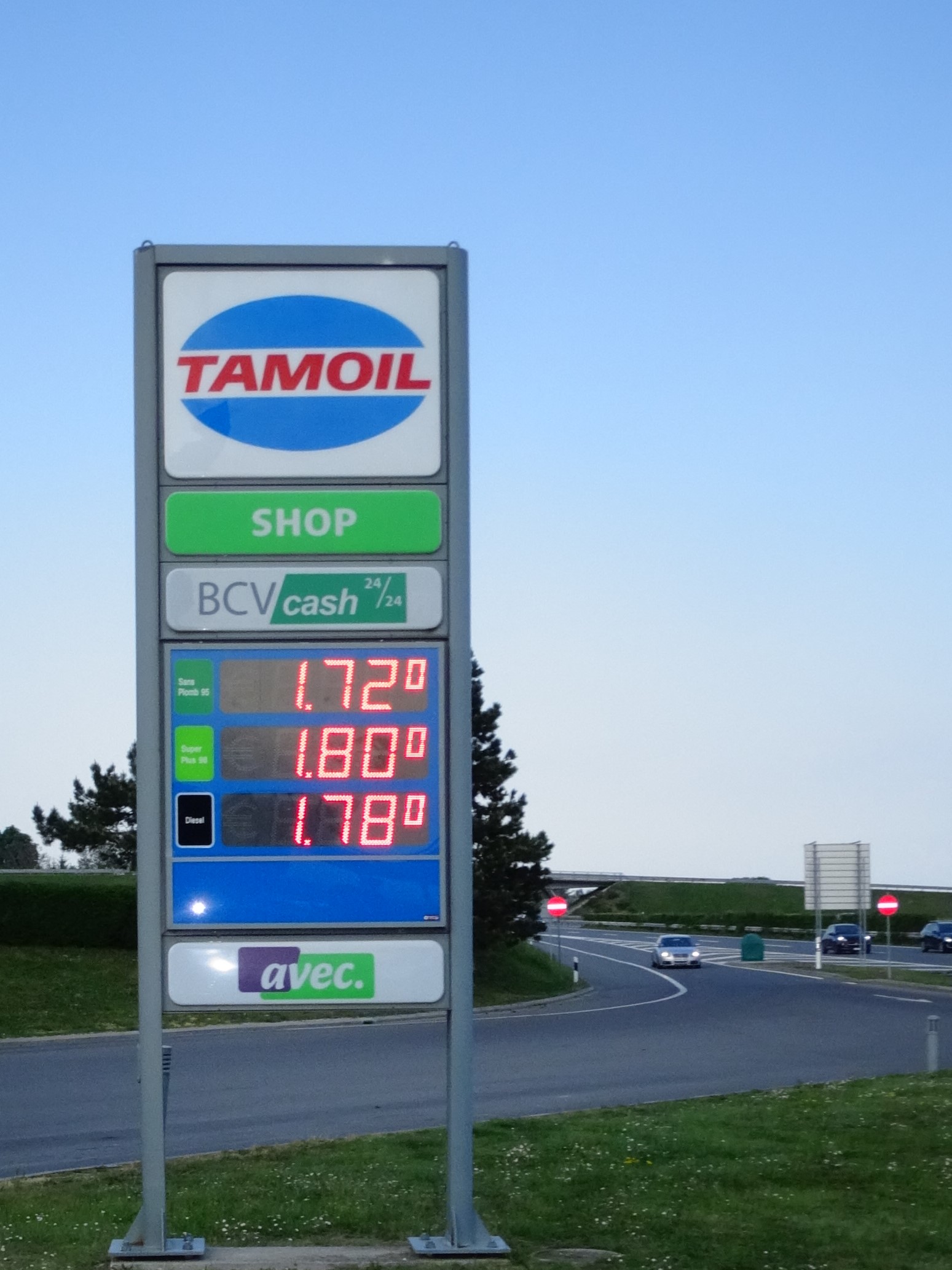
The benefit of this model is that owners of charging stations can define price schemes according to their needs. For example, a low pricing policy, to attract customers for other services (e.g. restaurant, coffee, shops…) or a progressive pricing per minute to encourage drivers to free up the charging facilities for the next driver. The weakness is that it does generate a multitude of prices which can only be checked over a smartphone application. We can compare this pricing concept with the gas station model where prices can be openly set. There are however 3 massive differences:
- 1st Gas station prices are clearly indicated on the facilities. You do not have to open a smartphone application to check it.
- 2nd Way of billing per litre or gallon is always the same. There is no multiplicity of billing parameters such as minimum amount, setup, per kW or minute.
- 3rd Gasoline price disparity is very low. Electric vehicle drivers have to count with charging prices which can differ from single to double in a mile radius.
2. Network pricing
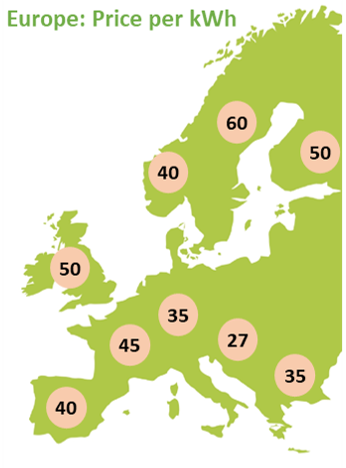 The network pricing is in reference to telephony offers. Service providers, respectively EMPs define prices depending on geographical zones or charging station networks. It’s a “network to network” type of model with prices per areas which could be defined as local, national or international with slight differences based on the power output (kW). The benefit is that pricing offers are easy and drivers do know what they have to pay.
The network pricing is in reference to telephony offers. Service providers, respectively EMPs define prices depending on geographical zones or charging station networks. It’s a “network to network” type of model with prices per areas which could be defined as local, national or international with slight differences based on the power output (kW). The benefit is that pricing offers are easy and drivers do know what they have to pay.
In summary, the difference of both pricing concepts are about the perspective of the pricing calculation: Is it based on a Driver or Charging Station logic? I tend to prefer the network pricing approach which is more compatible and pragmatic from a consumer point of view.
Billing plan types
Billing plan types are about the way drivers can be billed for charging transactions. There are a lot of possibilities depending on system capabilities, regulation and goals.
| Per kW | Effective billing based on charging quantity |
| Per minute | Ideal if you want to motivate drivers to free up charging facilities once the car is fully charged or to comply with countries regulations |
| Per transaction/Setup | One-time cost generally used to simplify billing (e.g. SMS services) |
All these prices have a reason to exist. However, the best way could be a mix of all these pricing types. For examples, this charging plan that I have seen recently in the US:
– Setup to give access to the charger
– Per kW until the car is charged
– Per minute for all remaining time after completion of the charging process
What is the right price?
The right price is in relation to what you would be ready to pay to benefit from a fast charger on a highway to continue your journey. The price value is about availability, quality, charging time and service. Then, of course, prices have to be competitive, transparent and as practical as paying for a phone call. We are also at the beginning of the EV industry, it is therefore important that profits do benefit all market players.

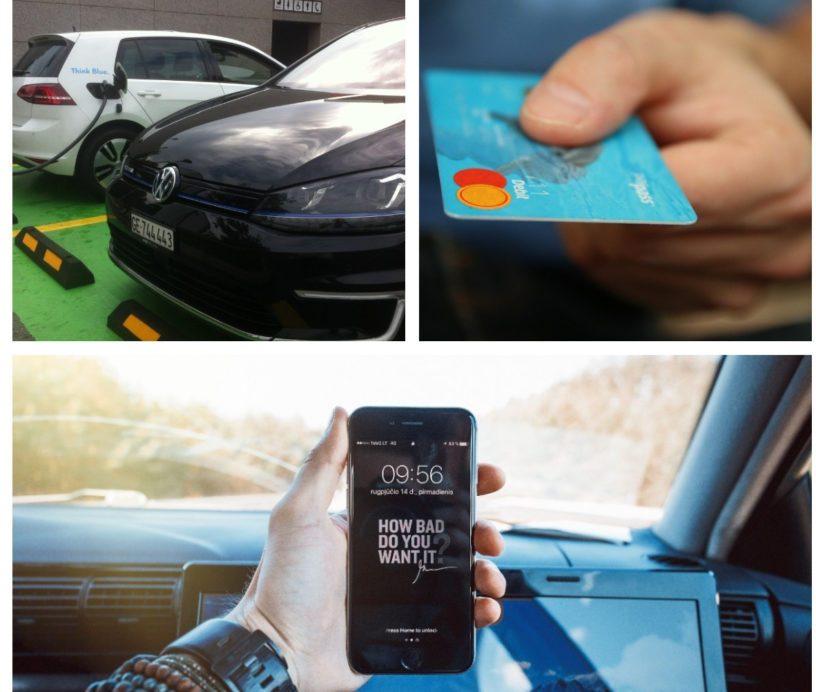
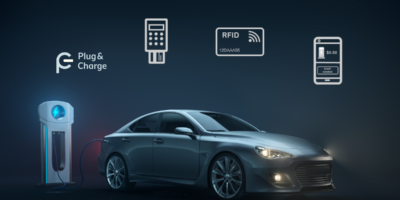


Leave a Reply